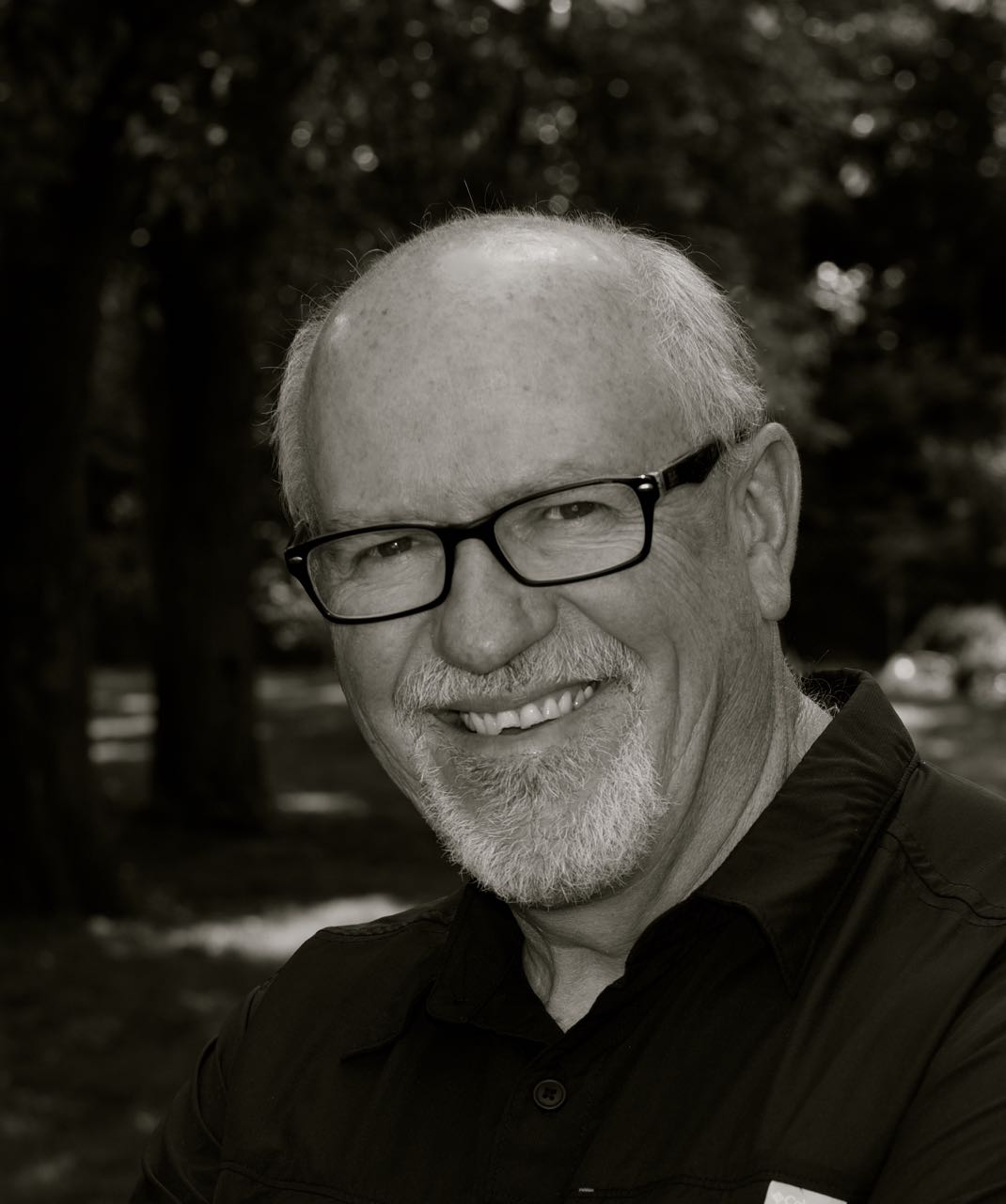The term hunger space is used to describe the intersection of governments, nonprofits, companies, educational institutions, religious groups, civic organizations, and individuals engaged in the fight against global hunger. Sometimes they work together; sometimes they work against each other. Either way, their stated purpose is to solve global hunger.
I got engaged in that space years ago when a five-year-old starving girl in Nicaragua ambushed my heart. With a passion that surpassed my competence at the time, I set off on a one-man mission to end global hunger. However, I learned quickly that passion and competence aren’t necessarily joined at the hip and sometimes aren’t even in the same room. I was like a cross-eyed discuss thrower; you never knew where I was going, but I was just dangerous enough you’d better pay attention.
I’ve learned a lot of things in the last several years as I’ve researched the cause, effect, and solutions to hunger. I’ve sorted my way through the alphabet soup of Washington, DC, agencies like USAID, USDA FAS, FAO, WFP, and a litany of others. In fact, I think there needs to be another bureau in DC called BAAA: Bureau of Acronyms, Acrostics, and Abbreviations; you call then to figure out who everyone else is.
I’ve read reports thick enough to choke an elephant and boring enough to make a politician’s marathon filibustering look exciting. The hunger issue is complex and there is no silver bullet.
However, there are two concepts in the hunger space that are incredibly important to understand because they serve as the framework for all discussion. Think of them as bookends for all the materials ever collected about hunger. Those concepts are; relief and development.
These concepts are illustrated in the well-known phrase: “It’s better to teach a man to fish than to give a man a fish.” Giving a man a fish is relief; teaching a man to fish is development. On these two concepts hang all the thoughts and actions related to solving global hunger.
It is best to teach people to fish. However, I’ve stood in refugee camps in Africa where starving people have walked for months to get there and the idea of handing them a fishing pole is ludicrous. They are too weak to fish and there are no fish nearby.
You have to give some people a fish today because they will die if you don’t. Yet the ultimate goal is to help people fish for themselves. Anyone worth their salt in humanitarian aid will tell you that when they hand out relief, they are always trying to figure out ways to provide development.
The fight over the Farm Bill in the Congress right now is a fight over those two issues. SNAP benefits (food stamps) and international food air are relief; agricultural programs are development.
I have spent the last several years of my life getting as many people as I can to feed as many hungry people as I can. I loathe the thought of someone going hungry in a world that can feed everyone 4.3 pounds of food each day.
However, as we do provide relief, it is important to create ways to empower people to provide for themselves. Long-term development must be the objective of any effort we make because a self-sustaining, independent person is the goal.
I’ve discovered a long the way that while hand-outs and relief is necessary, many who receive relief are humiliated by being in need. Oh, sure, there are some who want everything handed to them, but many do not. They want to earn their way in this world because that is the key to human dignity.
Therefore, any efforts to feed the hungry must have as a core value the restoration of human dignity. Development restores human dignity.
Relief and development are not an either/or; they are both/and.

